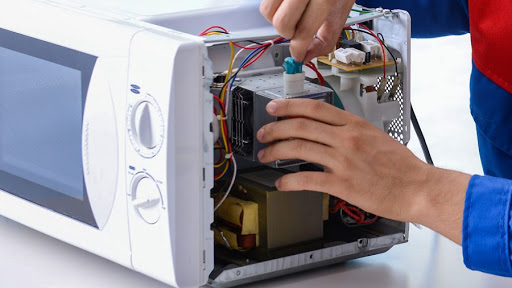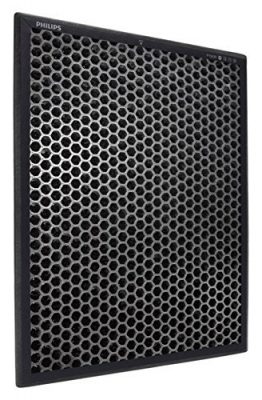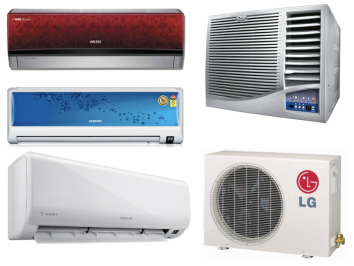This is a Guide on how to refurbish microwave oven. For that we need to know a microwave oven works, what usually goes wrong or how can we identify a microwave oven problem, and what segment or portion you need to fix it. So here are some of the simple step-by-step instructions for how to service a microwave oven door, how to dismantle a microwave oven, and how to test a temperature probe. This Fix-It Guide also refers to appliance controls repair, fan repair, electrical cord repair and fuse repair.
How Does a Microwave Oven Work?
A microwave oven is a gadget for heating and cooking food more quickly than a conventional oven. A magnetron inmost the oven fabricates a beam of electromagnetic waves, known as microwaves. The beam is reflected throughout the microwave to heat the food. The magnetron is powered by a transformer, capacitor (dangerous!), and diode, which transform household AC power into the high-voltage DC power which magnetron requires. Controls tell the magnetron how long to stay on and at what power setting.
What Can Go Wrong with a Microwave Oven?
Thankfully, microwave ovens are nearly trouble free. Majority of the issues be fixed by the owner itself. For Instance, the power cord can be damaged, the interlock switch, thermal cutout, fan, turntable motor, temperature probe, or light bulb may need to be replaced, or the door may not close properly.
Caution!
Do not ever try to whack the magnetron in a microwave oven. It is extremely dangerous.
How Can I Identify a Microwave Oven Problem?
- If your microwave isn’t working at all, make sure power is on at the outlet and test the electrical cord immediately. Inspect the fuse and replace it if it isn’t working or defective. Also, make sure that the door closes properly.
- If the oven doesn’t cook at all or cooks only intermittently but the display is on, make sure that scrutinize the door interlock switch, the thermal cutout, and all the major and minor parts that don’t pass the test.
- If the oven keeps dissipating fuses, make sure that you check if the door is faulty, Interlock or monitor.
- If the carousel won’t turn on then please go through the plastic coupling underneath the tray. Check the roller assembly and make sure the tray is sitting level on the turning mechanism.
- Just in case you encounter some problem again with the microwave, take it to a service center that works on microwave ovens.
Fix-It Tip
Microwave cases typically are fastened together using Torx tamper-resistant screws. You’ll need a special screwdriver or hex bit to remove these fasteners. Reassure that you buy the proper because there are at least seven sizes. Make an imprint of the screw with some clay and take it to a large hardware or auto parts store.
What Do I Need for Microwave Oven Repair?
You can buy substitute parts from the manufacturer. Tools you’ll need to dismantle and test a microwave oven include these:
- Screwdrivers
- Wrenches
- Multimeter
What Are the Steps to Microwave Oven Repair?
Check the door latch to make sure that it is tight and works freely.
Service a microwave oven door:
- Check the door, such as broken components.
- Examine the door seal along the inside front edge of the oven use a little soap or detergent, rinse it and dry it. Inspect the door hinge to ensure that it isn’t damaged.
- Check the door latch on the outside and inside of the door to make sure it works smoothly and not get stuck.
The magnetron is the main component of a microwave; don’t attempt to service it. Leave that job for a trained appliance technician.
Disassemble a microwave oven:
- Open the microwave oven and withdraw all trays or carousels inside the oven cavity. If the unit is built-in, unfasten all holding the unit in place and remove the microwave oven.
- Switch on the unit on its back and clear all the screws or bolts that hold the housing to the frame.
- Be cautious while removing the housing and identify the capacitor and make sure you don’t touch it. In Capacitors electricity continues to flow even when they are unplugged.
DON’T TOUCH the capacitor!
- Inspect and, if needed, clean switches and other simple components. Don’t disturb the magnetron (probably encased in a secondary housing).
- Test the electrical cord, fan, fuse, interlock, and other appliance components.
- Reassemble and test the microwave oven.
Test a microwave oven temperature probe:
(Temperature probes have two ends: a sensor end station temperature and connection end that delivers the results to microwave.)
- Place the temperature probe’s sensor into a cup of hot water.
- Set the multimeter to measure resistance (RX1, or resistance times 1 scale).
- Keep the multimeter’s test tips on all the sides of the temperature probe’s connection end. The resistance (in ohms) should be more than zero but less than infinite. If infinite, the temperature probe isn’t sending a signal to the microwave; replace the probe with an identical part.
- If the temperature probe is okay, the control board inside the microwave may need to be replaced. Take the microwave oven to a service shop and get it repaired.
A microwave’s fuse typically is located inside near the electrical cord. You can test and replace it.
Loading recommendations...






good service thank you
The detailed and clear method you provided in your post for resolving typical microwave problems is quite helpful. Your advice on when to seek professional assistance was also wise. It’s crucial to recognize when it’s better to leave repairs to the professionals because some of them could be too complex for the regular user to handle. My oven’s defective magnetron was replaced with a new one from Appliance Parts Zone by a professional as per your suggestion and it now functions just like a brand-new oven.
After about 5 seconds, heavy arcing
No visible metal bits in side.
What can I do, other than buy a new microwave?